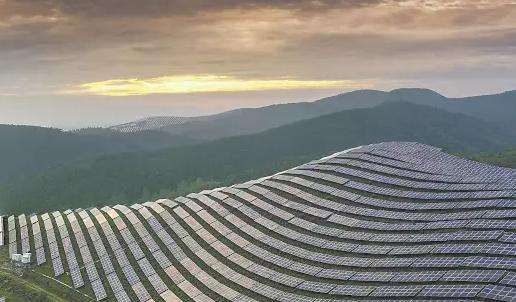Clean energy includes solar energy, bioenergy, wind energy, ocean energy, geothermal energy, and water energy.
1. Solar energy: Converting the sun's light energy into other forms of heat energy is an environmentally friendly, safe, and pollution-free new energy source.
2. Bioenergy. Bioenergy is a form of energy stored in living things in the form of chemical energy from solar energy. It is an energy with biomass as the carrier and is the only renewable carbon source.
3. Hydrogen energy. Hydrogen has great performance, is non-toxic and has the cleanest combustion compared to other fuels.
4. Wind energy. It uses wind energy as power and wind power generation in two forms, using wind to directly drive various mechanical devices.
5. Ocean energy. Energy is received, stored and emitted through various physical processes.
6. Geothermal energy. Natural heat energy extracted from the earth's crust exists in the form of heat.
7. Water energy. A kind of renewable energy, clean energy, refers to energy resources such as kinetic energy, potential energy and pressure energy of water bodies.
Basic concepts of clean energy
Traditionally, clean energy refers to energy that is environmentally friendly, meaning environmentally friendly, with low emissions and low pollution. . However, this concept is not accurate enough, and it is easy for people to mistakenly think that it is a classification of energy, thinking that energy can be divided into clean and unclean, thus misunderstanding the original meaning of clean energy.
The accurate definition of clean energy should be: a technical system for the clean, efficient and systematic application of energy. There are three meanings: first, clean energy is not a simple classification of energy, but refers to the technical system of energy utilization; second, clean energy not only emphasizes cleanliness but also economy; third, the cleanliness of clean energy refers to the emission standards.














